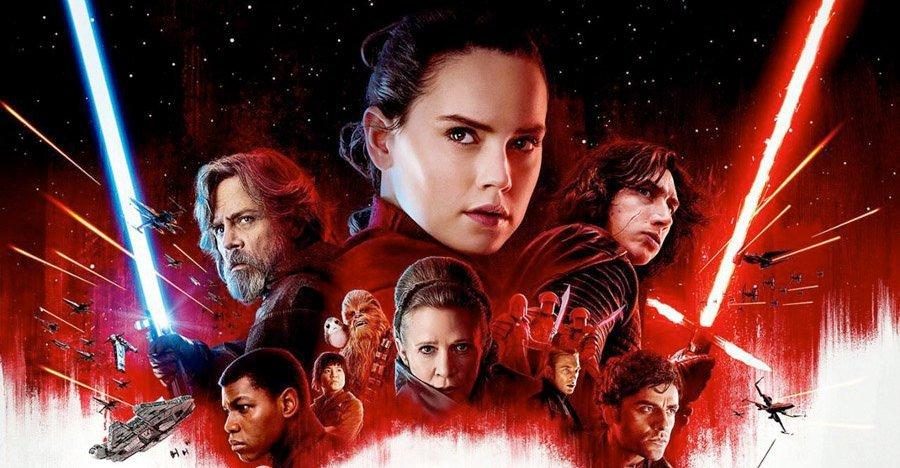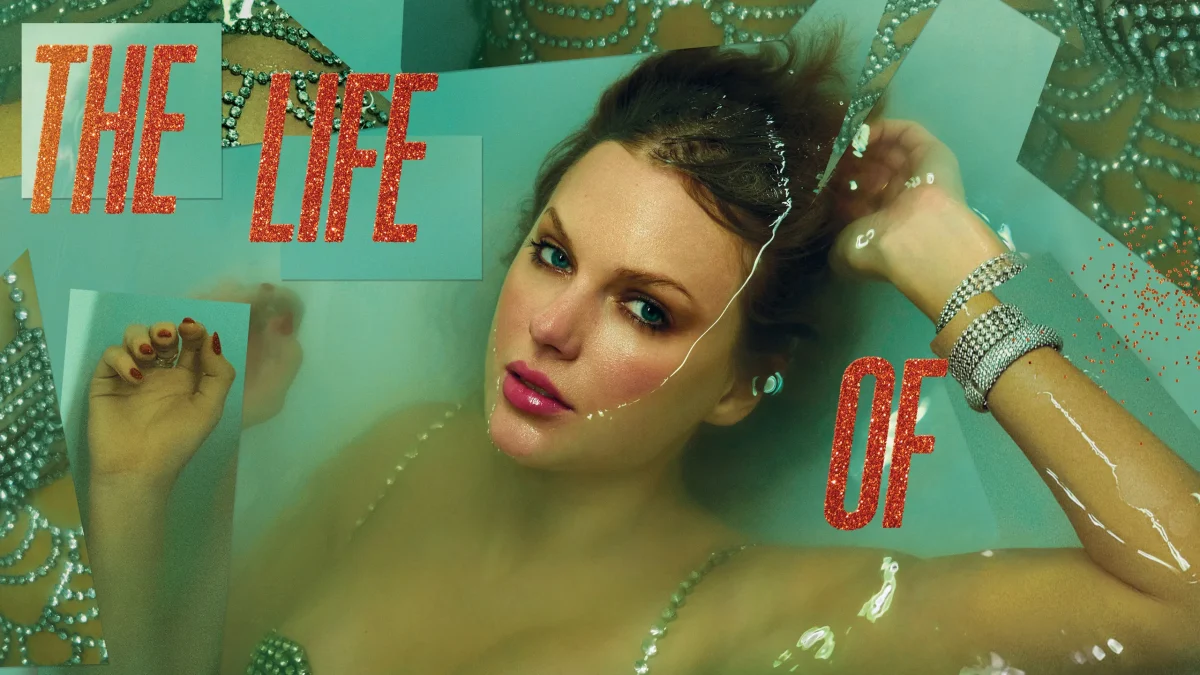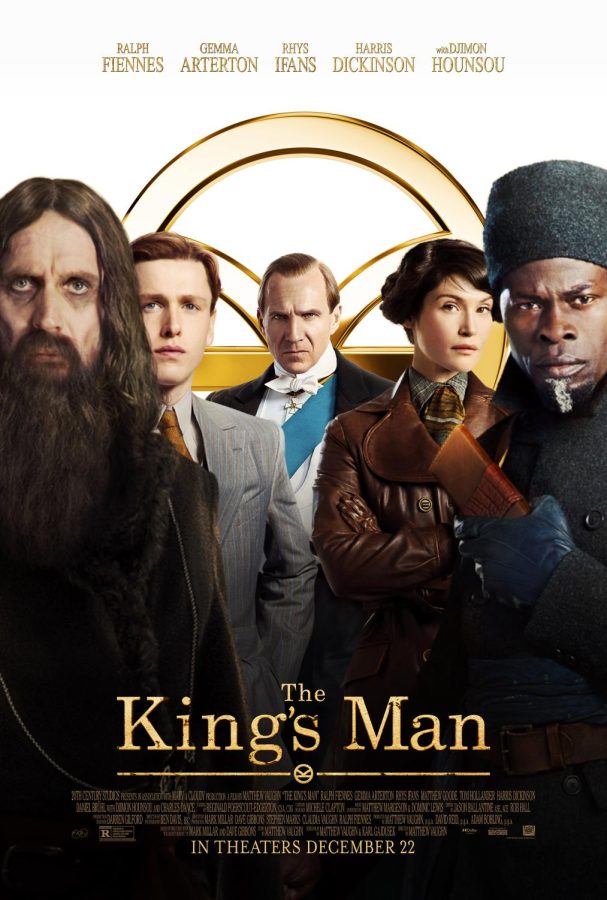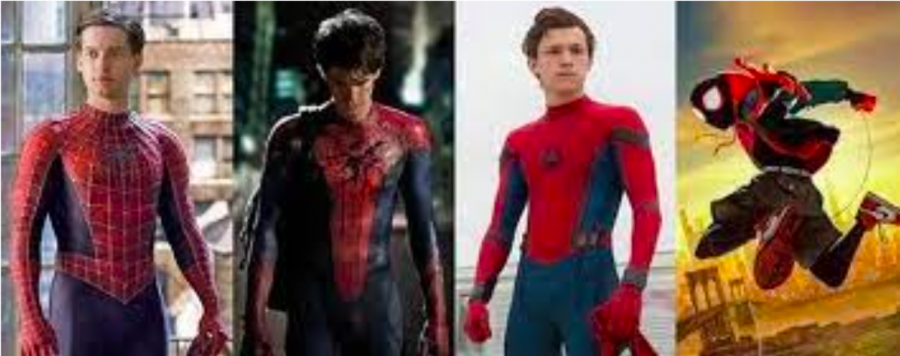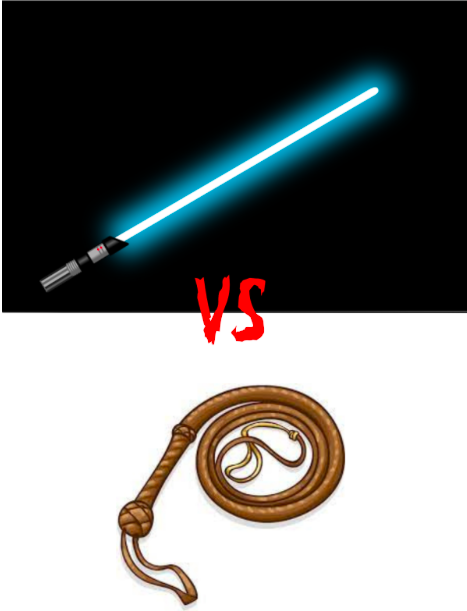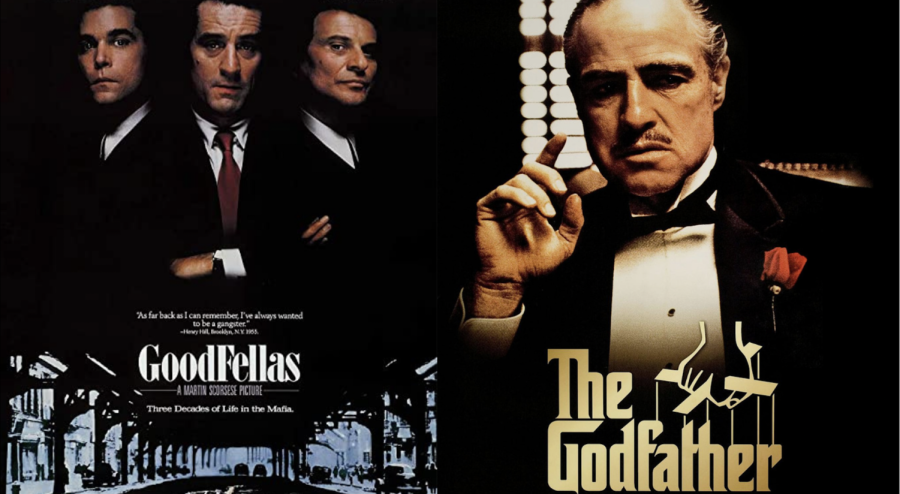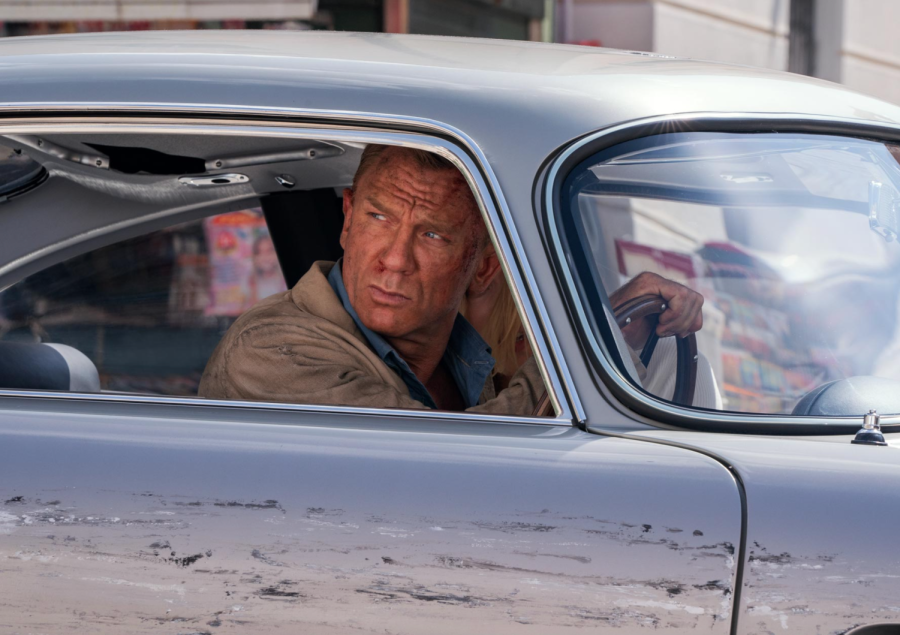Warning: Obviously, there are spoilers ahead.
Most sequels are typically worse than the original, but what about the ninth movie in a franchise that redefined what an action film looks like? What can be done to establish this movie as different from the rest, as a solid movie on its own? For director Rian Johnson, this incredible task proved to be rather simple.
That being said, the latest installment in the Star Wars universe, The Last Jedi, has received an incredible amount of criticism from both die-hard fans and casual viewers. The film was decidedly different from its predecessor, The Force Awakens, but, in a more modest way, was just as good. Straying from the tried-and-true epic space battles that made the original Star Wars trilogy so iconic, Johnson adds an element of realism to a galaxy that is quite unrealistic. Returning characters Luke Skywalker (Mark Hamill) and Leia Organa (the late Carrie Fisher), along with Rey (Daisy Ridley) reinvent the light side, while Ben “Kylo Ren” Solo (Adam Driver) brings forth a new dark side that is unrecognizable compared to the Darth Vader fans came to love in A New Hope and The Empire Strikes Back.
One of the central themes in the film is letting the past die, which can be taken very literally in the sense that we’ve seen two characters (Han and Luke) from the original trilogy meet their demise. Most likely, unfortunately, Leia will pass away in the next movie due to Carrie Fisher’s death in December of last year. Thus, it can be predicted that Chewbacca, C-3PO, and R2-D2 will be the only remaining original trilogy characters at the end of the new Star Wars trilogy (unless, of course, JJ Abrams decides to kill them off). Although it’s sad to see these fan-favorite characters go, “letting the past die” allows Star Wars to finally move away from Skywalker and into all new, yet-to-be-developed characters.
In a recent poll, it was discovered that 76.2% of LFHS students watched The Last Jedi. 78.6% of these students enjoyed the movie, making it extremely popular among kids ages 15-18. Interestingly, global audiences responded with an entirely different tone; the Rotten Tomatoes audience score is just 49%. Even compared to fellow low-scorers like The Phantom Menace (1999), which received a 59% from audiences, and Attack of the Clones, which has garnered a 57%, The Last Jedi is the worst Star Wars movie ever (according to fans). So, why exactly did LFHS students enjoy the movie while other viewers chose to give it a low score? Many of the negative reviewers (in their comments) simply stated that The Last Jedi “ruined Star Wars,” and a few pointed out that The Force Awakens had set up an entirely different movie. Questions regarding major characters were either not answered or answered poorly, as many fans saw it. Supreme Leader Snoke (Andy Serkis) was killed before anything regarding his past could be revealed, and Rey’s parents turned out to be a red herring. The idea that Rey’s parents were simply nobodies in the grand scheme of things was a smart move insofar as it finally broke away from the Skywalker-dominated universe, but it’s understandable why many viewers were left disappointed.
Furthermore, as with any Star Wars movie, The Last Jedi presented many plot holes for fans to complain about. One particular nuisance came towards the end of the movie, when Rey and Kylo Ren were once again connected through the force. This happened a few times throughout the movie, and it essentially allowed Kylo Ren and Rey to talk without them actually being in the same place. Later on, it was revealed that Supreme Leader Snoke (Andy Serkis) was behind this connection; he was the one linking them via the force. However, Snoke was killed around the middle of the film, so it doesn’t make sense that the connection between these two characters can still exist. However, if this was intentional, it can be explained by: A) Snoke still being alive, or B) The idea that Rey and Kylo are forever linked with the force. Whatever the case may be, this wasn’t the only plot hole in the film. It didn’t make sense that The First Order couldn’t take down the Resistance ships when they had numerous Star Destroyers, as well as an endless supply of Tie Fighters, hovering nearby. Also, since The Force Awakens, it has been mentioned a few times that Kylo Ren is the “Master of the Knights of Ren.” Who exactly are these “Knights of Ren,” and where are they?
Angry fans point to new character Rose Tico (Kelly Marie Tran) as a facilitator of many of the movie’s problems, and personally I can’t help but partially agree. Rose was primarily featured in Canto Bight, a planet full of wealthy aliens. The casino scene on Canto Bight was indeed a bit strange, but the subplot of the weapon industry certainly added something for viewers to think about. Connecting with the idea of good and bad being not so distant, seeing the people that manufacture weapons mainly for the First Order, but also the Resistance, added the realism that the Star Wars universe could really benefit from. That being said, I would have preferred to figure this out myself, rather than Rose explaining the whole thing from the get-go. It would have been nice to enjoy the affluent town of Canto Bight for a bit before realizing that the people there were profiting only from the galactic struggle that so many gave their lives for. Rose essentially took away the audience’s ability to form their own opinions on the matter and rather forced her beliefs onto the reluctant viewers. Overall, I felt Canto Bight had a lot of potential, but in the end served only to give Finn (John Boyega) and Rose a somewhat insignificant purpose.
Although Star Wars IX will be next chronologically, Solo: A Star Wars Story is set to be released first on May 25, 2018. Solo boasts a fantastic cast, including Alden Ehrenreich as Han Solo, Donald Glover as Lando Calrissian, and Emilia Clarke as Qi’ra. Since fans will have to wait until December of 2019 for Star Wars IX, it’s fair to say that they’ll have plenty of time to form their opinions on The Last Jedi.

